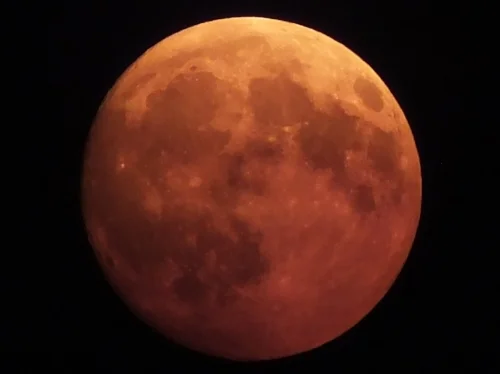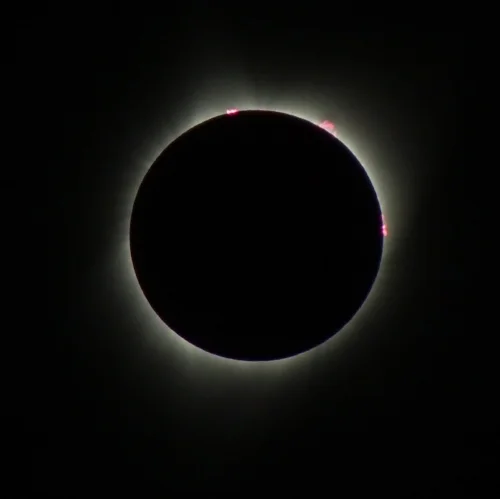Full, Super, Eclipse, Blood, Blue Moon!!!
This week we have an exciting Moon event that has not happened for over 150 years and will not happen again for another 19 years. Early Wednesday morning, Jan. 31, 2018, we will witness a Full, Super, Blue, Blood Moon!
Full, Super, Blue, Blood, and Eclipse.... just missing the Blue moon from a few years ago.
The total lunar eclipse will be visible in the western United States and Canada, Alaska, Hawaii, Australia, New Zealand, Japan, large parts of Russia and China, and parts of the Middle East. Totality, when the moon will be cast a blood red, begins at 4:52 a.m. PST, peaks at greatest eclipse at 5:30 a.m., and concludes at 6:08 a.m., spanning an hour and 16 minutes. Unfortunately in the eastern United States, the moon will set in the sky before the total eclipse begins. A partially eclipsed supermoon will be visible in the hours before dawn, but to see the much of the blood moon, you need to get west of the Mississippi.
With all the excitement, we thought it would be good to learn a little about this amazing satellite the goes around us every 27 days.
- The Moon is our natural satellite, held in orbit around Earth by the force of gravity.
- The Moon goes around the Earth every 27 days.
- Diameter: Moon's 2,159 miles compared to Earth's 7,926 miles
- 400 times smaller than the Sun
- 2 full Moon's within the same month is called a "blue moon"
- The Moon is covered in a thick layer of rock dust and a few large stones
- Most of the craters on the Moon are 3.9 billion years old
- The Copernicus crater is 800 million years old, 3,250 feet deep, and 60 miles across
- The far side of the Moon never faces Earth, but it is a mistake to think that it is always dark. The Sun shines on it as much as it does on the near side.
- The surface of the Moon is regularly shaken by moonquakes.
- The Moon has an iron core
- High tides are caused by the Moon's gravity pulling on the ocean, making a bulge that sweeps around the globe as Earth spins each day.
- The Moon gets about 1.2 inches farther from Earth every year and takes slightly longer to travel around its orbit.
- Red Moon, or Blood Moon, is when Earth casts its shadow on the Moon. These happen about once a year.
- The first probe to reach the Moon was Luna2, a Soviet craft that crashed into the surface in 1959.
- Stonehenge in England was built 4,000 years ago to observe the movements of the Moon, Sun, and Stars
- On July 20, 1969, the Apollo 11 lunar module (name Eagle) landed on the moon. Neil Armstrong and Edwin "Buzz" Aldrin stepped out onto the surface for the first time
- No human has been back to the Moon since 1972
Blood Moon
Solar Eclipse 2017, Rexburg Idaho
Full Moon



